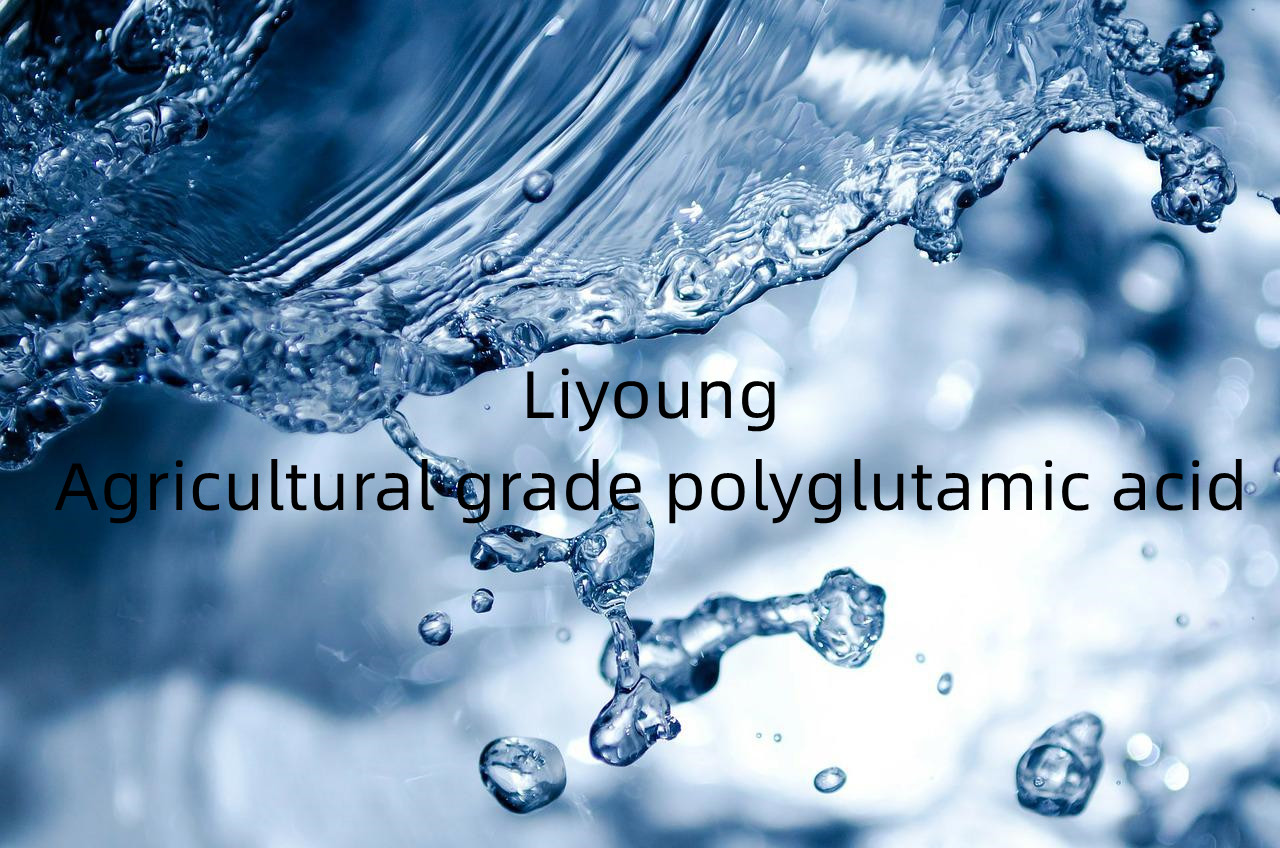
Polyglutamic acid (γ-PGA), also known as natto bacteria gum, polyglutamic acid, is a water-soluble, biodegradable, non-toxic, biopolymer obtained by microbial fermentation. γ-PGA polyglutamic acid is a sticky substance first discovered in "natto" - fermented beans. γ-PGA polyglutamic acid is a special anionic natural polymer, which is formed by amide linkage between α-amino group (α-amino) and γ-carboxyl group (γ-caboxyl) The molecular weight of homo-polyamide γ-PGA varies from 50,000 to 2 million Daltons.
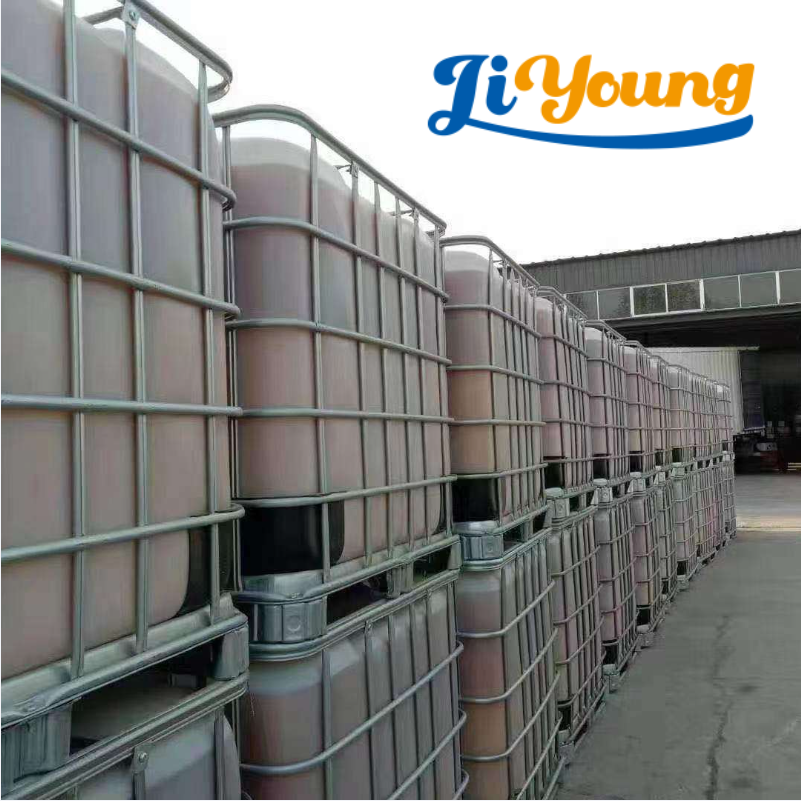
Polyglutamic acid foreign name POLY-L-GLUTAMIC ACID
2'000-15'000 alias natto bacteria gum, polyglutamic acid chemical formula L-Glu-(L-Glu) n-L-Glu molecular weight 70-2 million units CAS Accession No. 25513-46-6 EINECS Accession No. 200-293-7 Water-soluble water-soluble white powder with appearance application water-retaining agent, heavy metal ion adsorbent, and drug carrier.
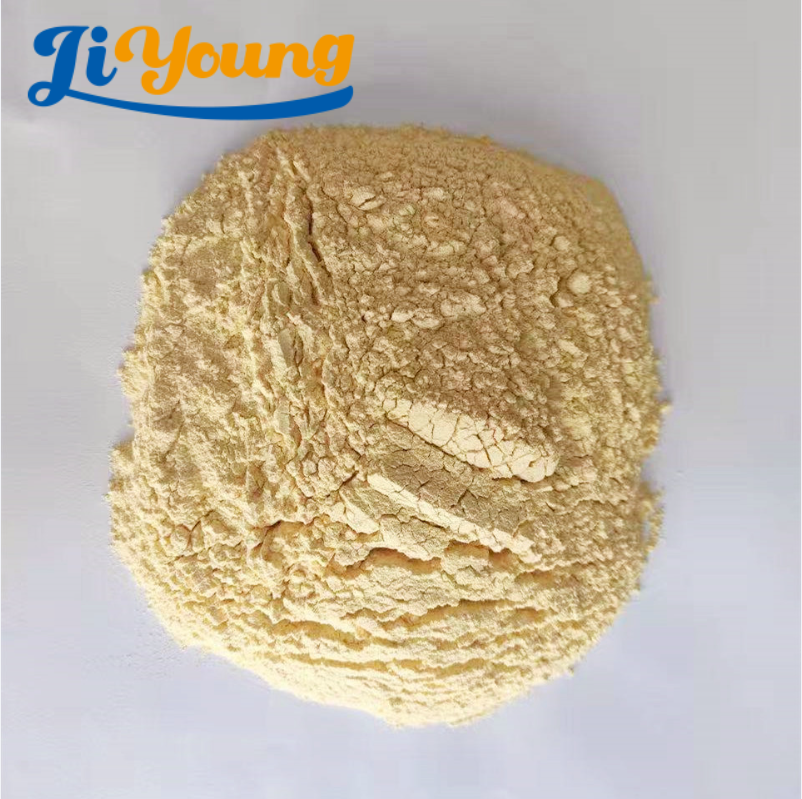 Other information
Other information
CBNumber: CB2132778
Origin of gamma-polyglutamic acid
Natto is a traditional soybean fermented food often eaten by Japanese. Fermented natto contains more vitamins (B2, B6, B12, E, K2) and more digestible protein than soybean itself. In addition, natto also contains a variety of digestive enzymes and special enzymes that are helpful to health. Polysaccharides (Levan), thrombus decomposing enzymes (Nattokinase) and γ-polyglutamic acid (γ-PGA) have excellent effects on promoting physical health. In recent years, eating natto has become quite popular to improve physical health.
γ-PGA is the main component of natto viscous colloid, which has the effect of promoting mineral absorption. Japan has included γ-PGA in the list of health care ingredients to promote mineral absorption. The special molecular structure of γ-PGA makes it have a strong moisturizing ability. Adding γ-PGA to cosmetics or skin care products can effectively increase the moisturizing ability of the skin and promote skin health. Compared with Hyaluronic acid (HA), which is recognized as the most moisturizing agent, the moisturizing effect of γ-PGA exceeds its effect by 2-3 times. It is a new generation of biotechnology moisturizing ingredients.
Scope of application of polyglutamic acid
1. Cosmetic grade, food grade: molecular weight 700,000;
2. pharmaceutical grade: molecular weight 1 million;
3. water treatment grade: molecular weight 1.5 million
4. Soil and plant conditioner grade: molecular weight below 20,000.
Soil, plant conditioner grade polyglutamic acid
Chemical structure of γ-PGA (γ-polyglutamic acid)
The full name of γ-PGA is γ-Polyglutamic acid, which is a homo-polypeptide (Homo-polypeptide) formed by polymerization of left- and right-handed glutamic acid as a unit, with an amide bond at the γ-position. Between 1,000-15,000. γ-(D,L)-PGA, γ-(D)-PGA, and γ-(L)-PGA are collectively referred to as γ-PGA. γ-PGA is named NATTO GUM in the International Cosmetic Pharmacopoeia, and is also known as plant collagen, collagene vegetale, and phyto collage in the European Union and Japan. In China, it is called natto gum or polyglutamic acid and polyglutamic acid.
Polyglutamic acid (poly-γ-glutamic acid, English poly-γ-glutamic acid, referred to as PGA) is a water-soluble polyamino acid produced by microbial fermentation in nature. Its structure is glutamic acid unit through α-amino and γ - High molecular weight polymers in which the carboxyl groups form peptide bonds.
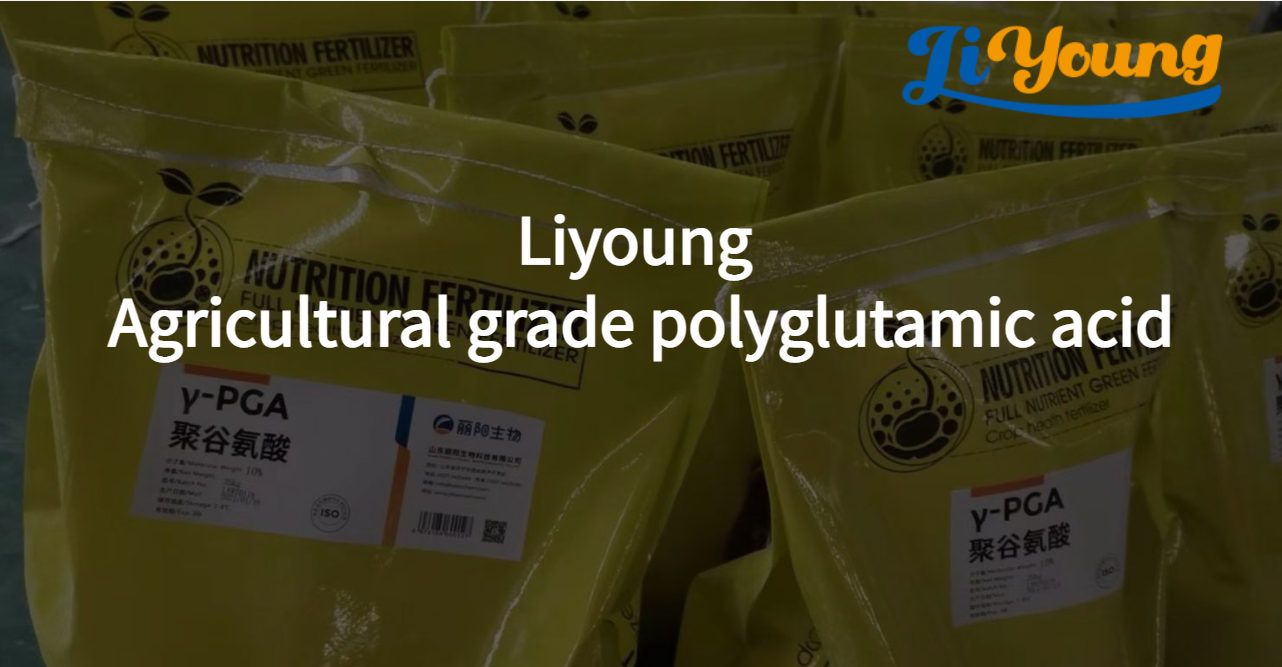
The molecular weight distribution is between 100kDa and 10000kDa. Poly-γ-glutamic acid has excellent water solubility, strong adsorption and biodegradability, and the degradation product is pollution-free glutamic acid. Heavy metal ion adsorbents, flocculants, sustained release agents and drug carriers have great commercial and social value in cosmetics, environmental protection, food, medicine, agriculture, desert control and other industries.
It has been only a few decades since the discovery of polyglutamic acid. The research on polyglutamic acid is still in the laboratory stage, mainly including research on its properties, improvement of producing bacteria and genetic research, fermentation process research and extraction. Purification process studies, and studies on the production and properties of derivatives. In recent years, due to the enhancement of people's environmental awareness and the requirements of the national sustainable development strategy, the development of environmentally friendly materials and the development of products that improve environmental problems have become an industry trend, which also promotes the research on the industrialization of polyglutamic acid. and exploration process. Entering this century,
Shandong Liyoung Biotechnology Co., Ltd. began to conduct research on the production and application of polyglutamic acid, and began to plan large-scale production of glutamic acid in 2017. Due to the follow-up of these industrialization studies, polyglutamic acid has become one of the most concerned biological products at this stage.
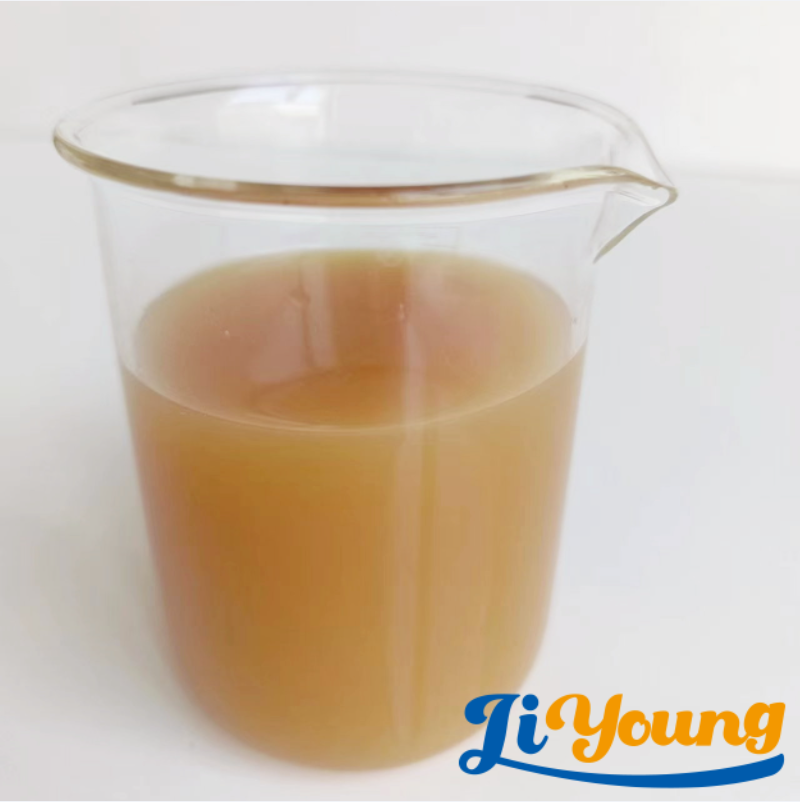 Characteristic
Characteristic
· Non-toxic and biodegradable to human body and environment, eco-friendly
· Water-soluble, resulting in an odorless, clean and transparent solution
· Cross-linking to form hydrogels with excellent performance in the later stage
· Can be made into sodium, calcium, magnesium, hydrogen forms.




